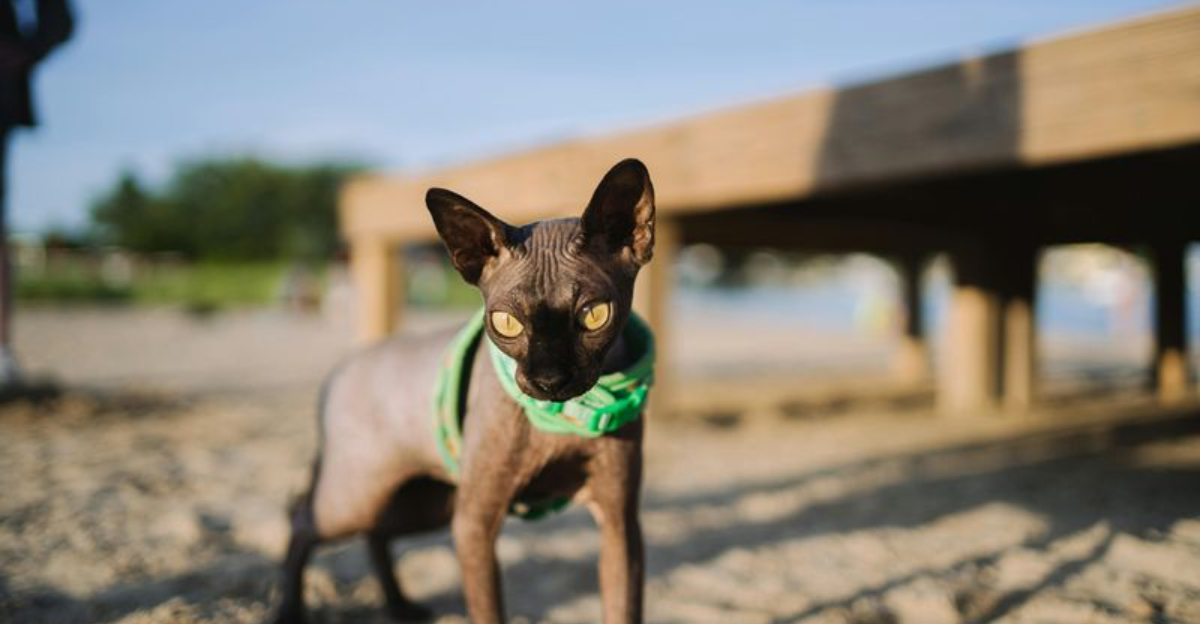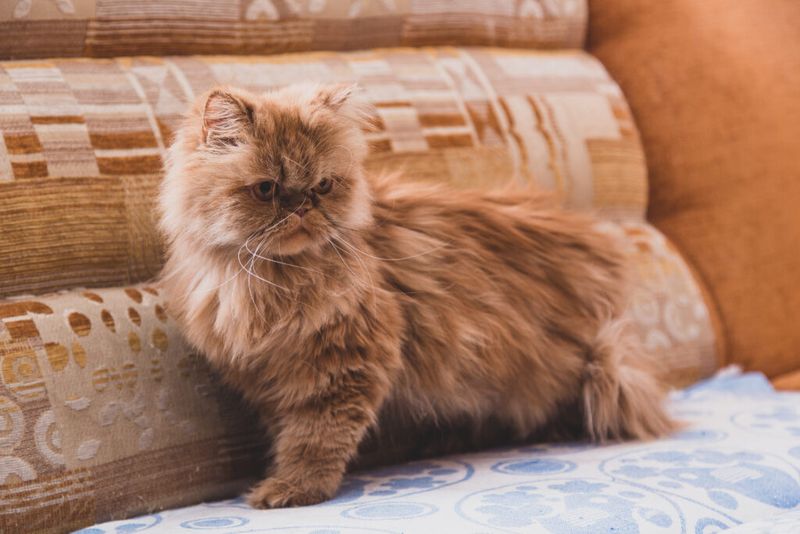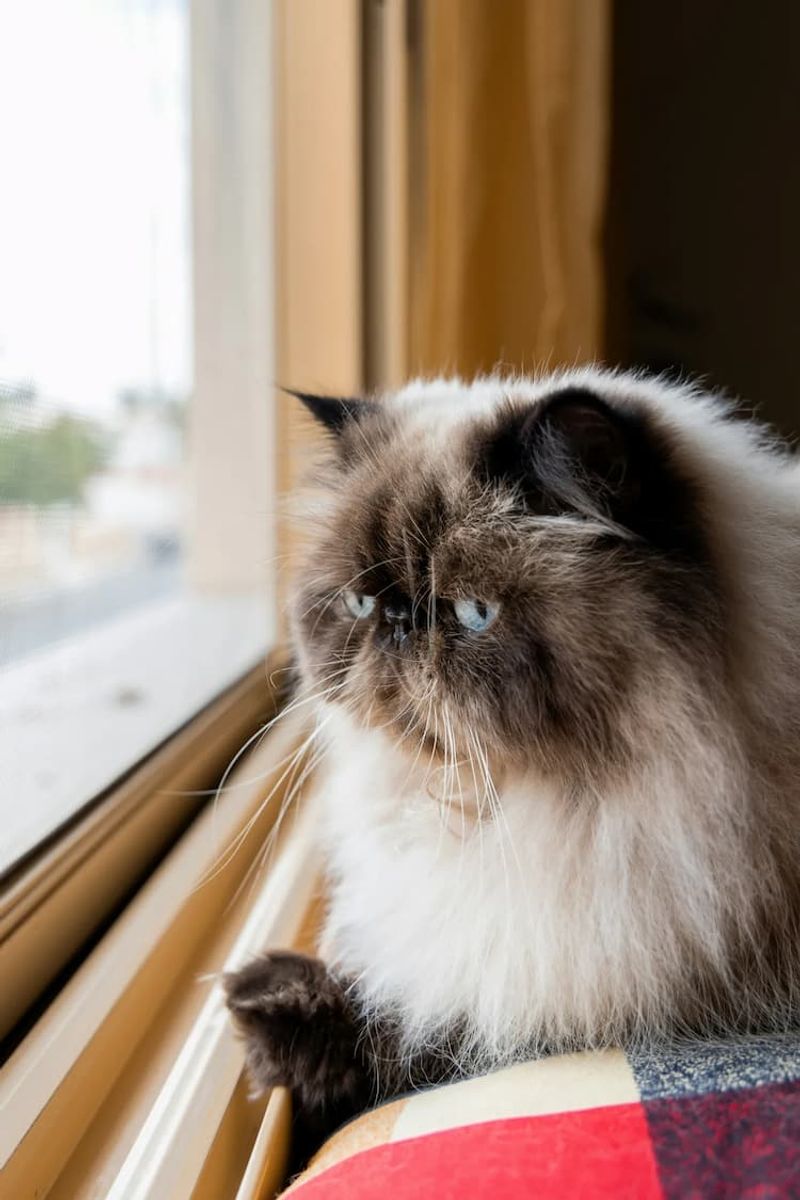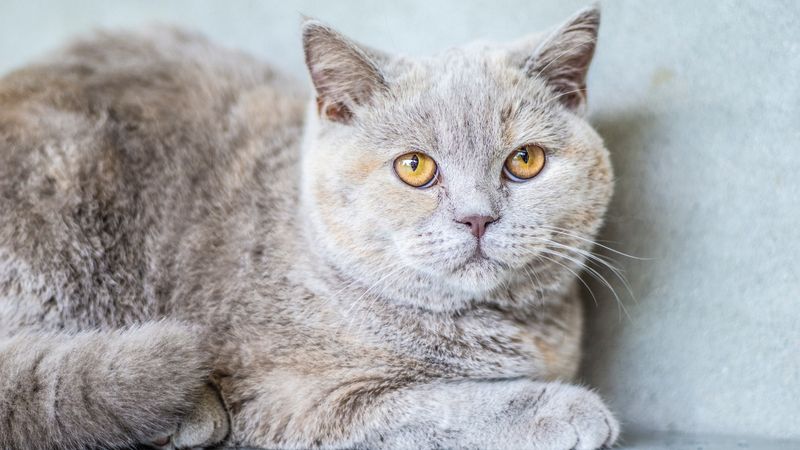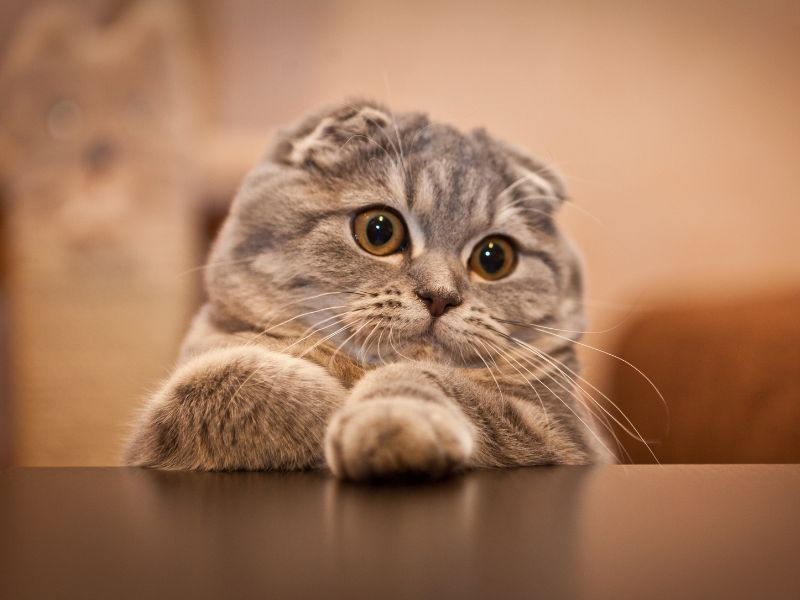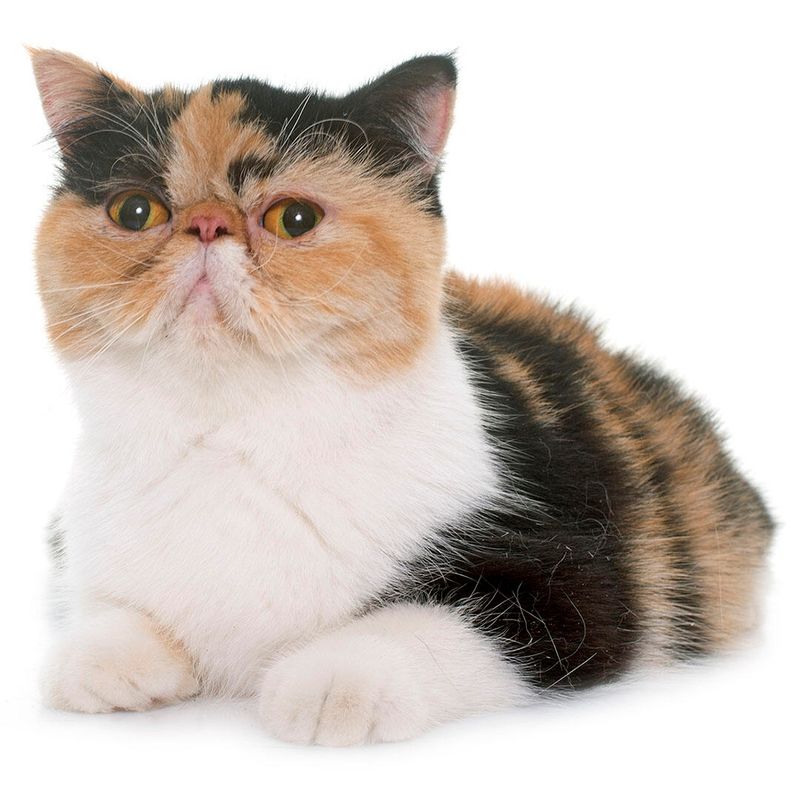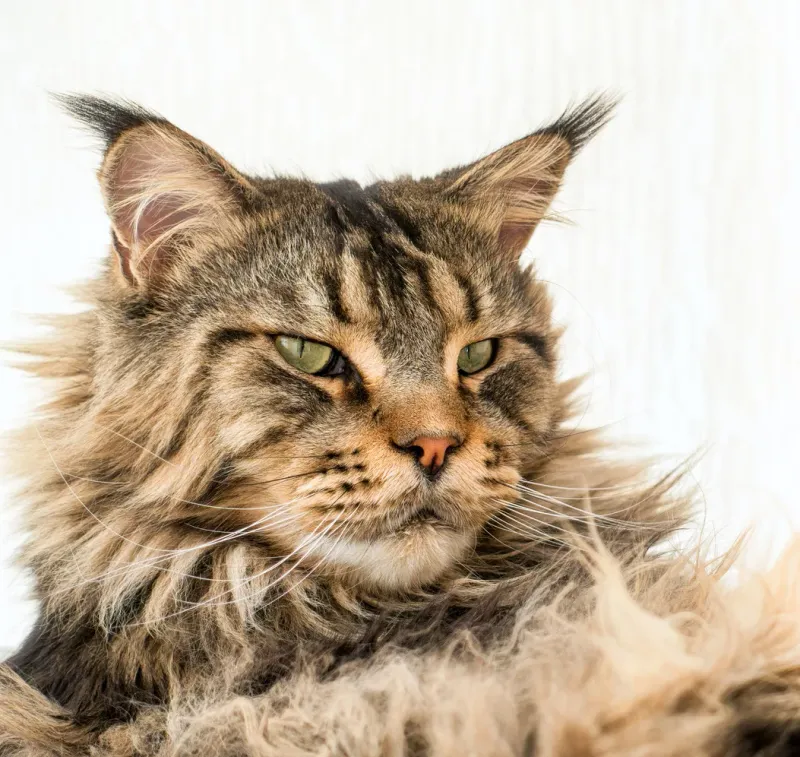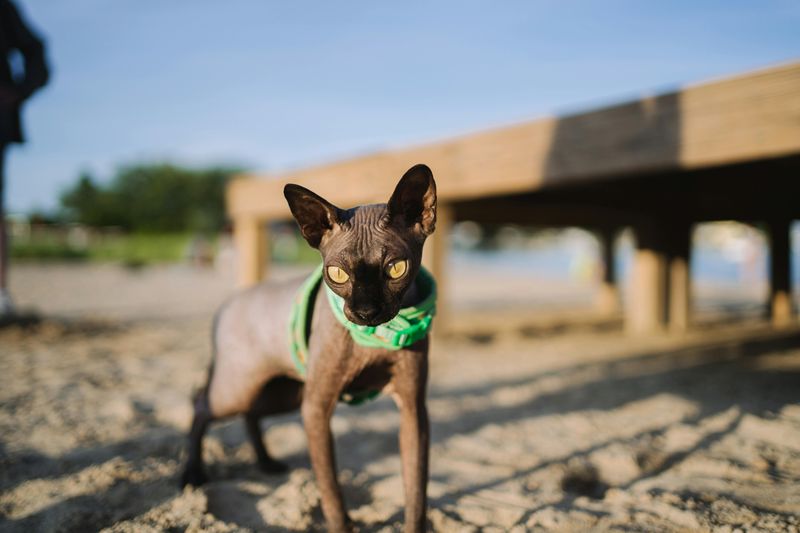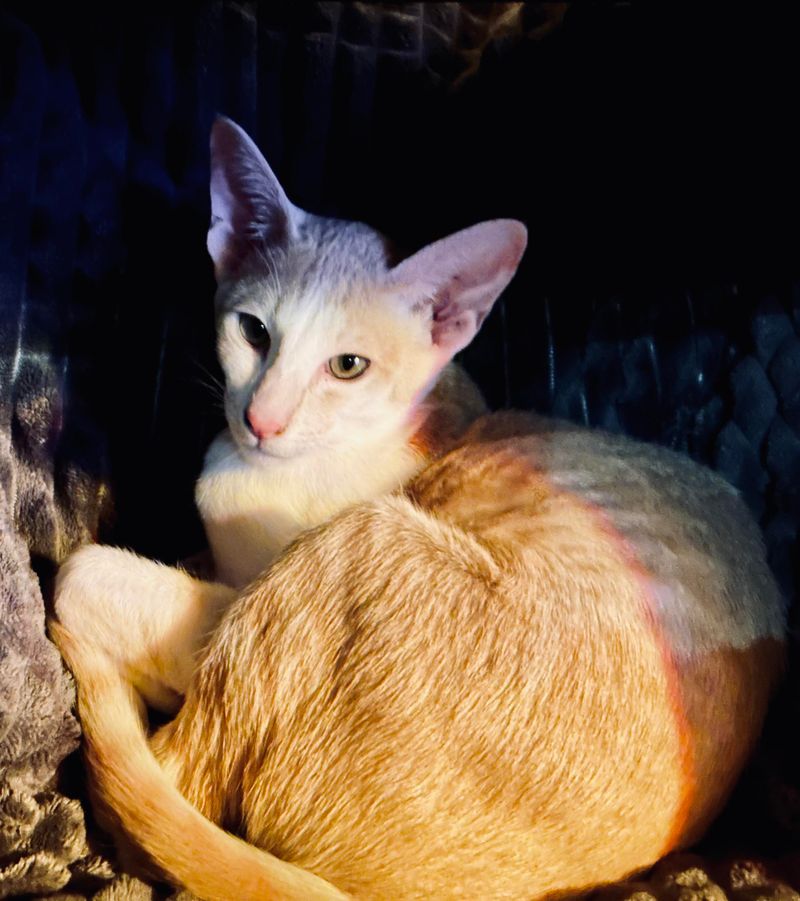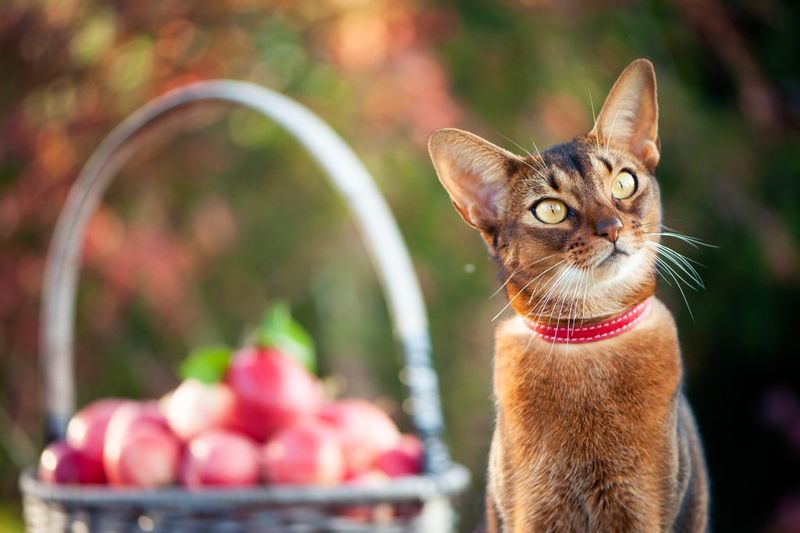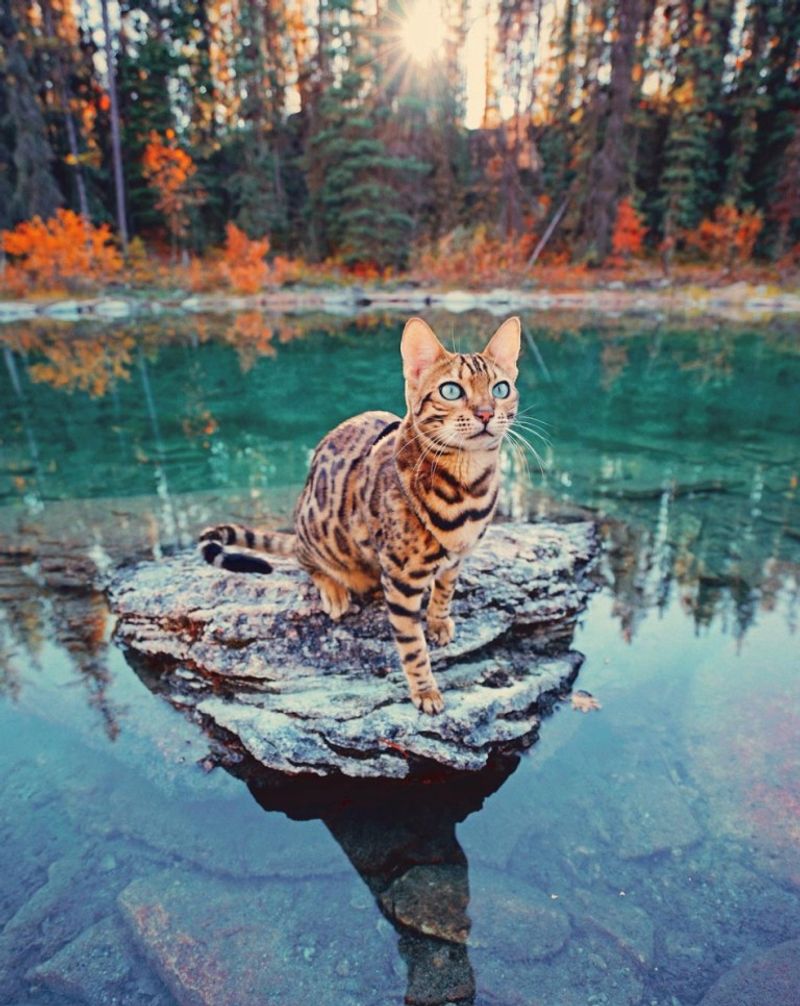📖 Table of Content:
Not all cats are built for fun in the sun. While some felines thrive in warm temperatures and may even enjoy the occasional seaside adventure, others can quickly overheat and become distressed in the heat. Just like humans, cats have their own unique comfort zones—and for many breeds, a hot summer day is more foe than friend.
Certain physical traits, such as thick fur or flat faces, make some breeds especially vulnerable to heatstroke. These cats require extra care during warmer months, and taking them outdoors on a hot day could do more harm than good. On the flip side, some sleek-coated, curious kitties don’t mind the sunshine and may even love the feeling of warm sand under their paws—so long as you provide shade, water, and close supervision.
In this article, we’ll highlight six cat breeds that struggle in hot weather and should be kept cool and comfortable, as well as four more heat-tolerant breeds that can handle a little summer fun. Whether you’re planning a lazy beach day or just wondering if your cat can join you in the garden, knowing your feline’s heat tolerance is key to keeping them safe and happy.
1. Persian
With their luxurious, thick coats and trademark flat faces, Persians are the epitome of elegance—but not summer resilience. These cats are extremely prone to overheating due to their brachycephalic (short-nosed) facial structure. Heat can quickly lead to labored breathing and lethargy, so cool environments are a must. You’ll often find them lounging near air vents or shaded windows, avoiding sunlight altogether. Grooming is essential, as matted fur traps even more heat. Their temperament is gentle and laid-back, making them homebodies who don’t crave the outdoors. Because of all this, taking a Persian to the beach would be more stress than pleasure—for both of you.
2. Himalayan
Don’t be fooled by their Siamese-like markings—Himalayans are just as heat-sensitive as their Persian relatives. Originating from a colder-climate mix, their long, dense fur isn’t made for tropical heat. They may pant, become sluggish, or even overheat if exposed to high temperatures for too long. One glance at their coat, and it’s clear they’re better suited for winter snuggles than summer sun. Keeping them indoors with proper ventilation is highly recommended. Heat can also affect their respiratory system due to their flat noses. Given their delicate constitution, beach days are best left to their short-haired counterparts.
3. British Shorthair
Despite their “shorthair” label, this breed sports a plush, thick coat that traps heat like a blanket. You might notice they get sleepy and withdrawn on warmer days, a natural way of conserving energy. Their sturdy bodies and laid-back nature make them less inclined to seek adventure outdoors. A heatwave could cause more than just discomfort—it could become a health hazard if not addressed. Fans of air-conditioning, they much prefer a cool corner of the home over a sunny deck. If taken outside, they must be kept in shaded areas with plenty of water. So while charming and cuddly, British Shorthairs are better indoor companions when the weather turns hot.
4. Scottish Fold
The iconic folded ears may steal hearts, but Scottish Folds aren’t heat champions. They have dense, soft fur and a round, compact body that retains warmth easily. On a sweltering day, they can become overheated faster than you’d expect. These kitties love calm and stability, not the unpredictability of beach winds and sun. A sunbeam by the window might be their limit of outdoor ambition. While affectionate and playful, their ideal environment is temperature-controlled and familiar. A day at the beach would likely be a sensory overload for this mellow breed.
5. Exotic Shorthair
What happens when you combine a Persian’s face with a short coat? You get the Exotic Shorthair—a breed still vulnerable to heat. Their flat faces inhibit efficient breathing, especially in warm or humid climates. Though their fur is easier to manage, the breathing difficulty remains a serious concern. They tend to nap often and seek cool, dark spaces during the summer. Fans of lounging, not leaping, they’re not built for active beach adventures. Even short outings in the heat can be risky, making indoor environments the best option. Owners should monitor them closely in warmer months to avoid any health issues.
6. Maine Coon
Born to thrive in snowy woods, the Maine Coon’s double-layered coat is like wearing a fur parka year-round. These gentle giants are charming and sociable, but hot weather saps their energy quickly. They often sprawl on tiled floors or near fans during warmer days. Their long hair requires frequent grooming to prevent tangles and improve airflow. Despite their size and adventurous spirit, they aren’t suited for long periods in the sun. Some may enjoy water, but that doesn’t mean they should be exposed to beach-level heat. Maine Coons shine brightest in cooler climates where their coat serves its true purpose.
1. Sphynx
Hairless and heat-loving, the Sphynx thrives in warm environments—though they still need sun protection. Their lack of fur means their body heat isn’t trapped, allowing them to stay more comfortable outdoors. You’ll often see them basking in the sun or curling up in warm blankets. However, sunscreen or protective clothing is important since their skin is exposed and sensitive. These cats are playful, outgoing, and curious, making them ideal companions for carefully managed outdoor adventures. Beach outings with shade, hydration, and supervision can actually be enjoyable for them. Just don’t forget—no fur means no natural barrier from sunburn.
2. Oriental Shorthair
Long and lean with a fine, sleek coat, Oriental Shorthairs are naturally suited for warm climates. They’re active, intelligent, and often crave stimulation beyond the indoors. Rather than wilting in the heat, they stay lively and alert, even on hotter days. With proper care and supervision, they can enjoy brief outdoor escapades. Their minimal fur makes grooming a breeze, and overheating is far less of a concern. These social butterflies love interaction and may enjoy sniffing the breeze or watching beachgoers. A safe, shaded outdoor setup can give them the perfect balance of stimulation and comfort.
3. Abyssinian
Originating from ancient Egyptian roots, Abyssinians carry the desert cat legacy with pride. Their ticked, short coat keeps them cool and sleek in warm temperatures. Agile and athletic, they love climbing, jumping, and exploring. You’ll often find them curiously investigating their surroundings or sunbathing on a ledge. These cats are adventurous at heart and enjoy physical activity, even in the heat. A beach trip with safe boundaries might actually be stimulating for them. Just make sure there’s shade and water to support their high-energy lifestyle.
4. Bengal
Unlike most house cats, Bengals are known for their fascination with water. Their exotic, spotted coat is not just eye-catching—it’s also sleek and easy to manage in warm climates. Highly active and bold, they may actually enjoy splashing in shallow water or exploring sandy spaces. However, their energy levels mean you’ll need to keep a close eye on them during outings. These cats don’t shy away from a little sun if given proper protection and hydration. A beach setup with a pet tent or umbrella is ideal for keeping them safe while they explore. Bengals can be one of the rare cat breeds to make a beach day genuinely fun.
